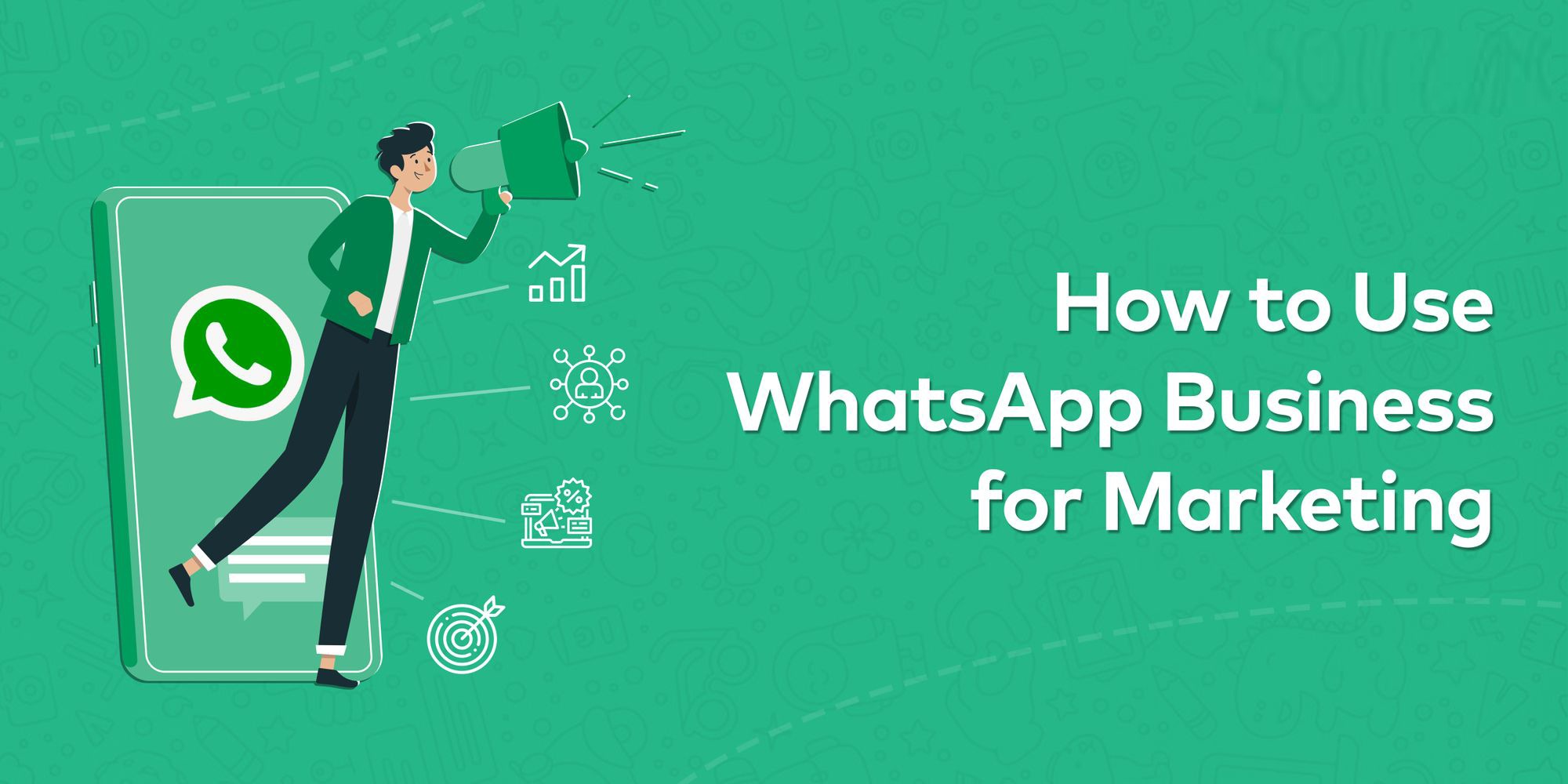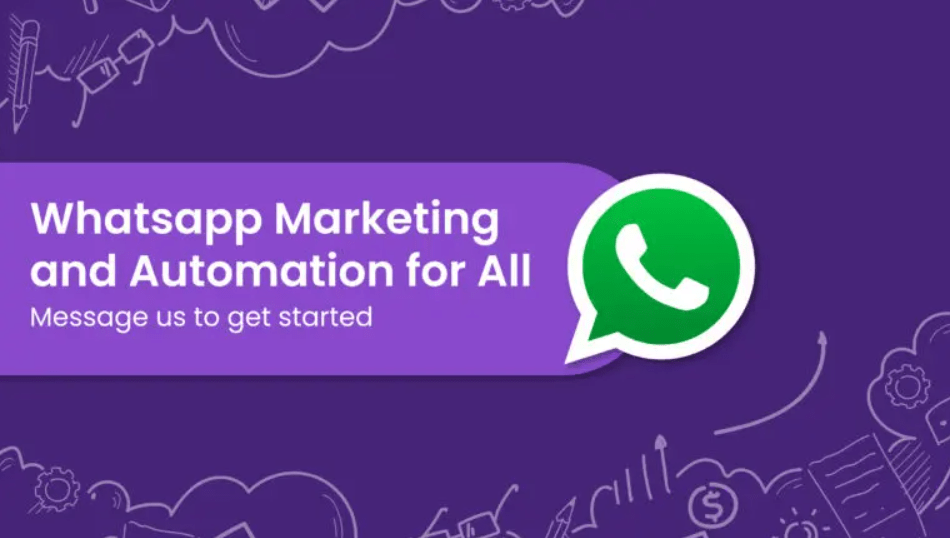WhatsApp Marketing Strategy
Developing a successful WhatsApp marketing strategy involves a series of steps and considerations to effectively connect with your audience and achieve your business goals. Here’s a step-by-step guide to help you create a WhatsApp marketing strategy:
1: Define Your Goals: Start by clarifying your marketing objectives. Do you want to increase sales, drive website traffic, build brand awareness, or improve customer support? Having clear goals will guide your strategy.
This step will help you focus your attention on meaningful activities and draw the line on unnecessary things.
2: Create a WhatsApp Business Account: If you haven’t already, create a WhatsApp Business account. This specialized version of WhatsApp offers features tailored for businesses, such as automated messages and analytics.
A business profile with essential information: your address, business description, email address, and website.
Catalog – a design showcase of your products.

3.Build Your Contact List: Collect customer phone numbers with their consent. You can promote your WhatsApp contact option through your website, social media, email, and in-store promotions.
4. Segment Your Audience: Divide your contact list into segments based on demographics, interests, and purchasing behavior. This segmentation allows for more personalized messaging.
Another way is to use the jobs to be done (JTBD) framework. If you decide to stick to this one, ask yourself these questions:
- Why do people use your product?
- What value do they want to get from it?
- What outcomes do they want to achieve?
5.Develop Content: Create valuable, relevant, and engaging content that aligns with your goals. Content can include product updates, promotions, educational content, and customer testimonials.
6. Automation and Templates: Use WhatsApp Business features like automated messages and quick replies to streamline customer interactions. Templates can be used for frequently asked questions.

7. Timing and Frequency: Plan the timing and frequency of your messages carefully. Avoid spamming your audience, and respect their preferences regarding when they want to receive messages.
8.Personalization: Customize messages whenever possible, addressing recipients by their names and tailoring content to their interests. maintaining a competitive edge.
9. Call-to-Action (CTA): Include clear CTAs in your messages, such as “Shop Now,“ “Learn More,” or “Contact Us,” to guide customers towards the desired action.
10.Promotions and Offers: Share exclusive promotions, discounts, and offers with your WhatsApp subscribers to incentivize them to engage and make purchases.
11.Customer Service: Provide excellent customer service through WhatsApp by promptly addressing queries, resolving issues, and being available during business hours.
12.Analytics and Tracking: Use WhatsApp Business’s analytics tools to monitor the performance of your messages. Adjust your strategy based on open rates, click-through rates, and customer feedback.

13. Privacy and Consent: Always prioritize customer privacy and adhere to data protection regulations. Ensure you have explicit consent before sending marketing messages.
14.Monitor and Adapt: Continuously monitor the effectiveness of your WhatsApp marketing efforts. Be ready to adapt your strategy based on the results and customer feedback.
15. Test and Experiment: Experiment with different message formats, content types, and sending times to identify what resonates best with your audience.
16. Integration: Integrate WhatsApp marketing into your overall digital marketing strategy, combining it with email marketing, social media, and other channels for a holistic approach.



